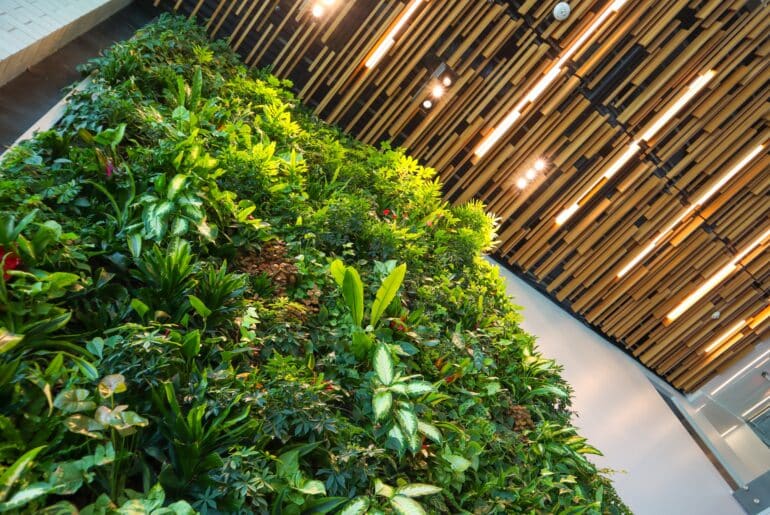Buy Clean states “one-fourth of global carbon emissions pass through the carbon loophole, which means they are not covered by domestic climate policies.”
To partially address this, AB 262 (known as the Buy Clean California Act) was enacted. The act leverages California’s buying power to reduce emissions through low-carbon material selection and create a more competitive landscape for manufacturing low-carbon building materials.
As the Buy Clean California Act is still new to project teams, here’s a quick outline of how (and when) your team will be affected and how to respond.
WHAT DOES THE ACT DO AND WHAT PRODUCTS ARE AFFECTED?
As of January 1, 2020, the Buy Clean California Act requires projects that receive California state funding to produce facility-specific Environmental Product Declarations (EPDs) for all products that fall into the following CSI divisions:
03 20 00 Bar Reinforcement
05 12 00 Structural Steel
08 80 00 Glazing
07 21 13.19 Mineral Board Insulation
HOW SOON WILL MY PROJECT BE IMPACTED?
As mentioned above, AB 262 starts to impact projects in 2020, but California’s road to embodied carbon reduction has a longer timeline that will help provide context and inform planning for project teams:
October 16, 2017: AB 262 is signed by former California Gov. Jerry Brown
January 1, 2019: AB 262 requires project teams to request facility-specific EPDs for all products within the CSI divisions listed above
January 1, 2020: AB 262 requires facility-specific EPDs for all products within the CSI divisions listed above
January 1, 2021: Department of General Services will publish the maximum acceptable Global Warming Potential (GWP) for all eligible products
July 1, 2021: EPDs will be both required and used to gauge compliance with the maximum acceptable GWP
HOW CAN I RESPOND TO ENSURE MY PROJECT COMPLIES?
If you’re working on a new construction build, ensure specification includes facility-specific EPDs for the CSI divisions outlined above. It’s important to note that manufacturers that don’t already have a facility-specific EPD could take up to eight months to complete it, so this effort should start as soon as possible to allow some buffer time for manufacturers.
Additionally, start requesting facility-specific EPDs beyond state funded projects to give manufacturers a market signal that transparency will benefit efforts to reduce embodied carbon and that low-carbon materials will be prioritized on building projects moving forward, whether by law or not.
This is something your sustainability consultant can and should be thrilled to help you navigate! Reach out to them directly for guidance and check out the Sierra Club’s helpful FAQ for more in-depth information on the Buy Clean California Act.


